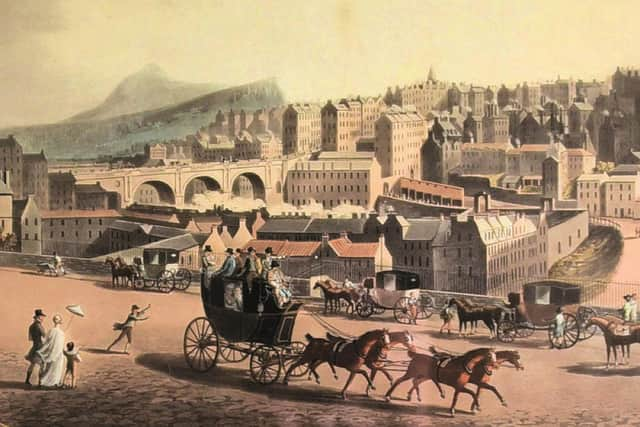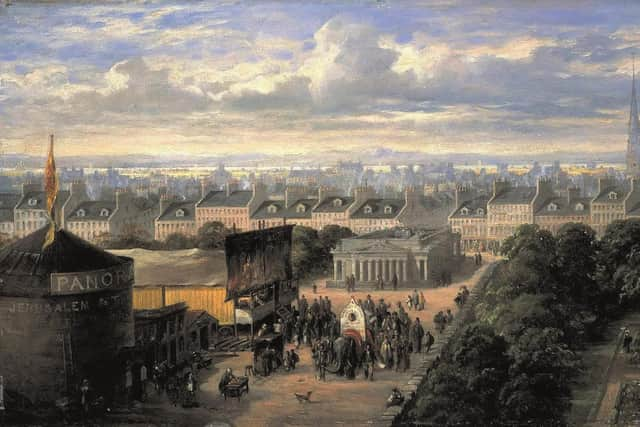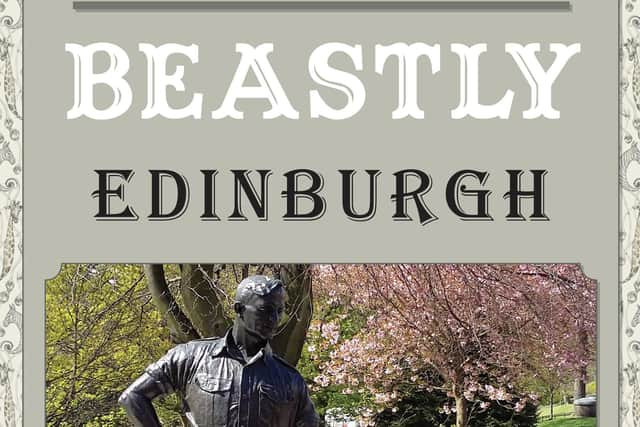Beastly Edinburgh: Role animals have played in city’s life is charted in new book
and live on Freeview channel 276
Let us know what you think and join the conversation at the bottom of this article
The book by Barclay Price highlights the part animals have played throughout the city's history starting with the Royal Standard of Scotland, which features a lion rampant; a beast Edinburgh can trace its earliest depiction of back to the Roman occupation, long before Scotland had even evolved into a nation.
Throughout the centuries, animals have provided a source of wonder and amusement for the people of the Capital. Tales like that of the elephant housed in an Edinburgh tenement in the 1700s through to the legendary Greyfriars Bobby, who spent 14 years guarding the grave of his owner and is now immortalised in words, films and monuments have long fascinated locals and visitors alike.


Advertisement
Hide AdAdvertisement
Hide AdAs marks of prestige and respect, animals have featured in many public sculptures, bas-reliefs and other artworks that can be seen throughout the city, from the aforementioned Greyfriars Bobby to Wojtek the Polish bear in Princes Street Gardens where you will also find a baby elephant, commemorating the babies remains lost in the Mortonhall Cemetery scandal.
In the book, the author, a retired senior arts administrator with Creative Scotland, explores how animals shaped the development of Edinburgh while helping to drive the economy and cultural traditions. For centuries animals such as horses were a crucial part of the local infrastructure. They transported goods and people in and out of the city, while the growth in ownership created a demand for saddlers, coach makers, grooms, fodder suppliers, horse trainers, farriers, smiths and riding schools.
Price reveals this interest in the part animals have played in society through the centuries was sparked as a child.


He explains, “Perhaps my interest in the place of animals in the city is because I grew up above a garage that had once been stables built by my grandfather. Although the horses were long-gone, they had left many traces.
Advertisement
Hide AdAdvertisement
Hide Ad“Certainly, in my historical research I've always enjoyed coming across an engaging animal account and as Edinburgh has a particular richness of these, and given how significant animals have been in the city's past, I thought they deserved to have their stories better known.”
As well examining the city's use of animals as beasts of burden, Price also records their role as exotic attractions; the travelling menageries of the Regency era that first gave ordinary people a taste of more exotic beasts just a few decades before the Zoological Gardens Association landscaped gardens in the city and built structures to house animals for the Capital's latest attraction, Edinburgh Zoo.
He says, “Dating back to the earliest settlements, animals have played a vital role in shaping our towns and cities, offering a fascinating insight into the oft-forgotten histories of the animals that helped to drive the economy and enrich our culture.”


Beastly Edinburgh will be published on March 15, by Amberley Books, priced £15.99, order here
